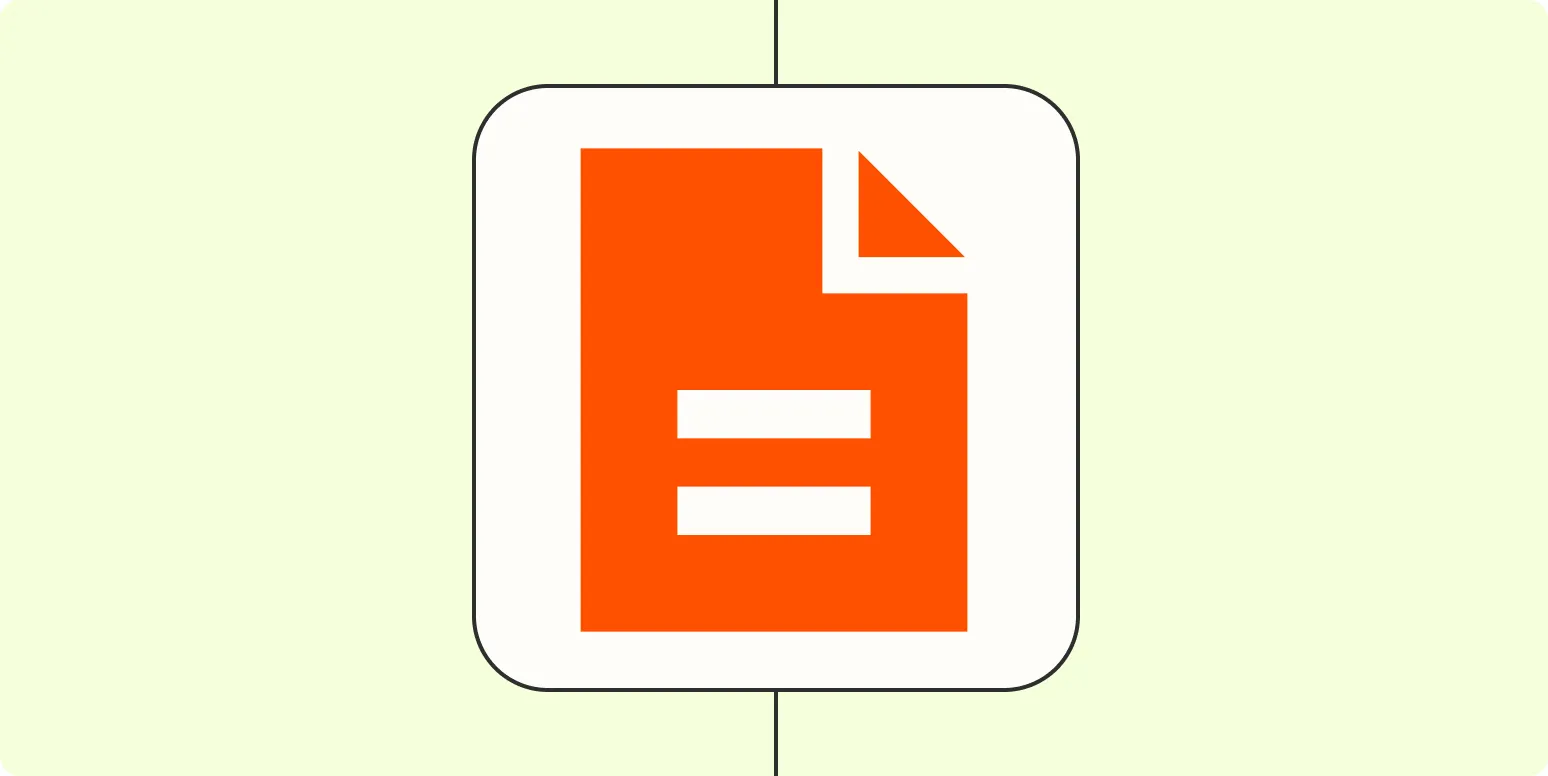In the world of business transactions, understanding the nuances between a Sales Order, Purchase Order, and Invoice is essential. Each document plays a critical role in the sales process, ensuring that both buyers and sellers are on the same page. This guide will clarify the differences and uses of these documents, helping you streamline your sales documentation process.
What is a Sales Order?
A Sales Order (SO) is a document created by the seller after a customer agrees to purchase goods or services. It confirms the sale and provides details about the transaction. The Sales Order includes crucial information such as:
- Customer details
- Product or service description
- Quantity ordered
- Price per item
- Total amount
- Delivery dates
Sales Orders are vital for inventory management, as they help sellers track what needs to be shipped and when. They also serve as a reference point for any disputes that may arise during the transaction.
What is a Purchase Order?
A Purchase Order (PO) is a document issued by a buyer to a seller, indicating the buyer's intent to purchase goods or services. This document is essential for the buyer's internal processes and helps ensure that the purchase aligns with their budgets and approval processes. Key components of a Purchase Order include:
- Vendor details
- Product or service description
- Quantity required
- Price agreed upon
- Delivery terms
- Payment terms
The Purchase Order serves as a legally binding contract between the buyer and seller, confirming the buyer's commitment to pay for the goods or services specified. It protects the buyer's interests by providing a clear record of what was ordered and the associated costs.
What is an Invoice?
An Invoice is a document issued by the seller to request payment from the buyer for goods or services provided. It typically follows the Sales Order and Purchase Order in the sales process and includes similar information. An Invoice generally contains:
- Invoice number
- Seller's business details
- Buyer's details
- Product or service description
- Quantity delivered
- Price per item
- Total amount due
- Payment terms and due date
Invoices are crucial for accounting purposes, as they provide a record of sales and are used to track accounts receivable. They also serve as a formal request for payment, helping to ensure timely transactions.
Comparative Overview: Sales Order vs. Purchase Order vs. Invoice
To further simplify the understanding of these three documents, the following chart illustrates their main differences and purposes:
| Document Type | Created By | Purpose | Key Components |
|---|---|---|---|
| Sales Order | Seller | Confirms sale and details the transaction | Customer details, product description, quantity, total amount |
| Purchase Order | Buyer | Formalizes intent to purchase goods/services | Vendor details, product description, quantity, payment terms |
| Invoice | Seller | Requests payment for goods/services delivered | Invoice number, seller and buyer details, amount due, payment terms |
Importance of Accurate Sales Documentation
Accurate sales documentation is vital for smooth business operations. It minimizes errors, enhances transparency, and streamlines communication between buyers and sellers. With precise records in place, businesses can:
- Reduce disputes over orders and payments
- Improve inventory management and forecasting
- Enhance financial tracking and reporting
- Strengthen relationships with customers and vendors
Best Practices for Managing Sales Documentation
To ensure effective management of Sales Orders, Purchase Orders, and Invoices, consider adopting the following best practices:
- Standardize Documentation: Use templates for Sales Orders, Purchase Orders, and Invoices to ensure consistency.
- Implement Digital Solutions: Utilize software for electronic documentation to reduce errors and improve accessibility.
- Train Staff: Ensure that employees understand the importance and procedures for handling these documents.
- Regular Audits: Conduct periodic reviews of sales documentation to identify areas for improvement.
By following these best practices, businesses can streamline their sales processes, maintain accurate records, and foster stronger relationships with customers and suppliers.
Conclusion
Understanding the differences between a Sales Order, Purchase Order, and Invoice is essential for effective sales documentation. Each document serves a unique purpose in the transaction process, and managing them accurately can lead to smoother operations and enhanced customer satisfaction. By implementing best practices and utilizing modern tools, businesses can optimize their sales documentation processes, ultimately contributing to their success in today's competitive market.





